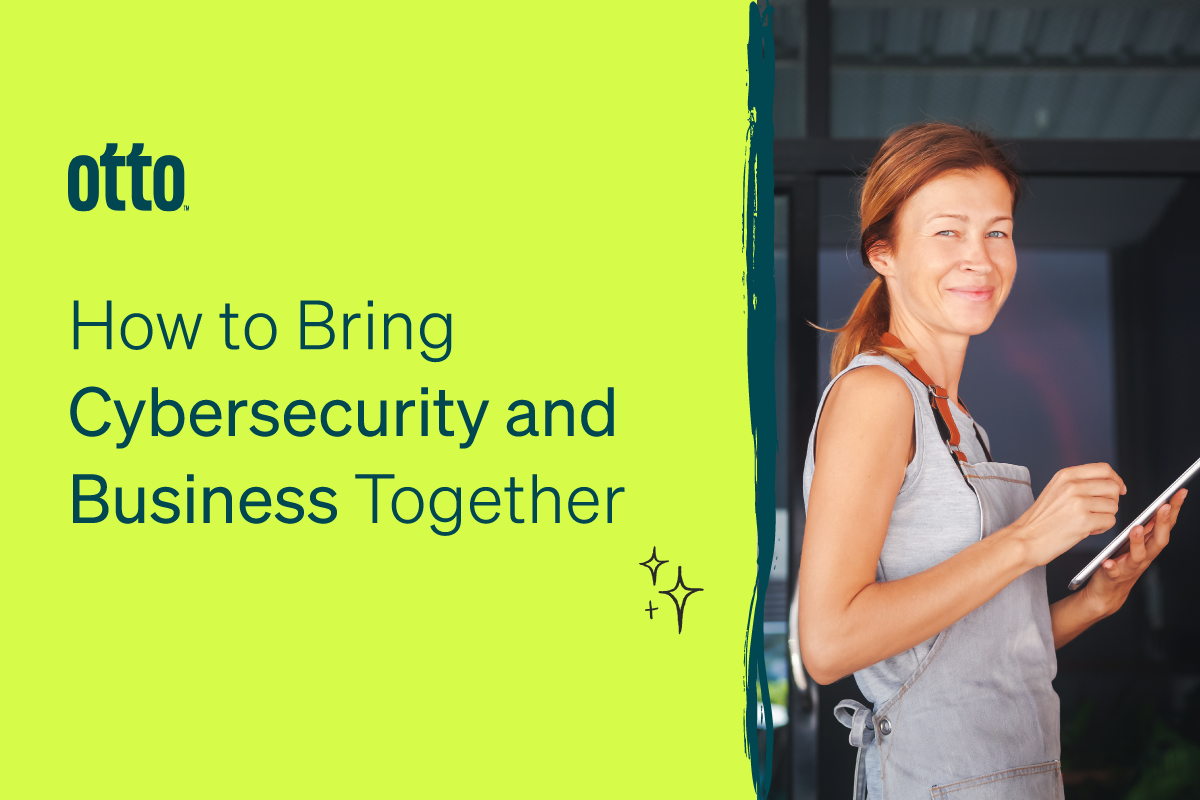Running a business is all about increasing profit, but that often leaves other essentials like cybersecurity on the sidelines. After all, it’s not easy to connect spending money on layered IT security, training, or cyber insurance with those goals, especially as costs and inflation increase. Especially when a breach is something that might or might not happen. But it can be done – and it should.
Every 10 minutes, an SMB in Australia is attacked – and the average cost of a cyber incident is over $270,000 with more than 200 hours in recovery time. That’s not something a business can recover from easily, or at all.
So, there’s a lot to be said for aligning cybersecurity with business goals, taking these solutions out of the technical realm and making them relate to business-driven KPIs and metrics. The better cybersecurity leaders and business leaders understand each other and speak the same language, the easier it is to both protect the business and drive profit.
Creating that all-important business context
At Otto, we have a mix of talented staff that comes from both technical and business backgrounds, making it easier for our consulting services to really show clients where their solutions will make a difference. Here’s what we do:
- Guided by business context – Sure, when we’re chatting with tech leaders, we all nerd out about the cybersecurity threat interventions, but it’s pretty meaningless when it comes to helping businesses with their strategy. Here, context is key. We work to understand what the client’s most important assets are, run scenarios to show what would happen in the event of an incident, and create custom solutions with measurable KPIs to demonstrate their ongoing effectiveness.
- Choosing the right KRIs and KPIs – We use KPIs that matter to business leadership, that have a direct impact on the business’s goals, and are related to Key Risk Indicators. These KPIs can include incident costs, the number of alerts, the time it takes to detect a breach/respond/recover, reported incidents, and team workload. For example, in a business with multiple suppliers, a key risk indicator would be Third Party Dependencies as this would be substantial. Then you can show the number of alerts resulting from third parties, how quickly the solution would respond to it and remediate it, and how that lowers the cost of the incident.
- Showing the results, costs, and impact – Building on the above point, this then helps business leadership not only better understand how cybersecurity protects relationships and assets critical to their profitability, but also creates an understanding of where cybersecurity can be improved. It also gives you a way to compare the results of your metrics against Australian and even global results. Because we only measure one KPI in Otto ourselves, which is client satisfaction, it is essential to us that clients can see what is working for them and what isn’t rather than cybersecurity being some mysterious, behind-the-scenes expense.
Business-first cybersecurity in Melbourne
As a small business ourselves, we understand what you’re up against – from inflation and supply chain turmoil to geopolitical influences and skills shortages. But we’re not here to push yet another product onto your budget. Instead, we’ll show you how cybersecurity supports the stability and profitability of your business – and we’ll develop a custom solution for your budget. Cybersecurity threats are raging through Australia and the world. We want you to weather the storm.



